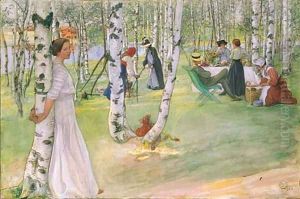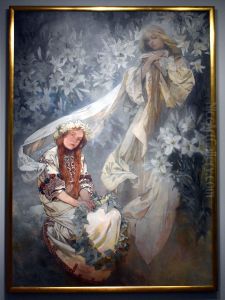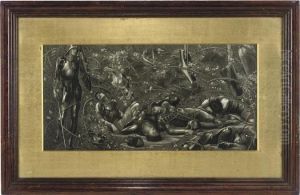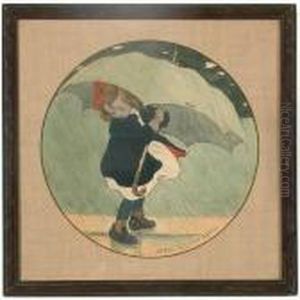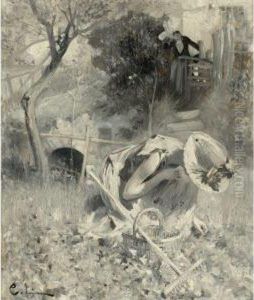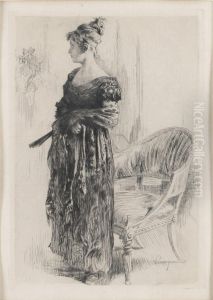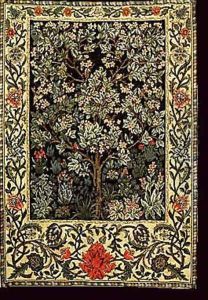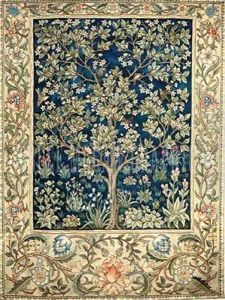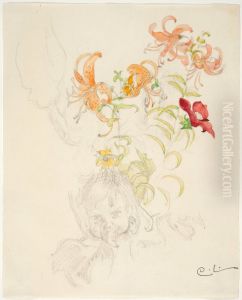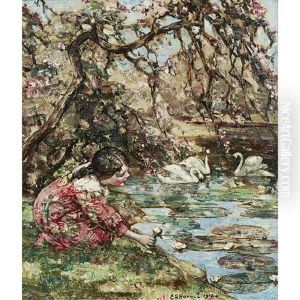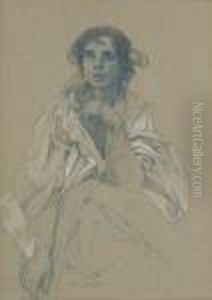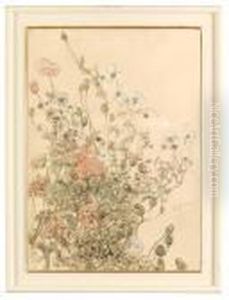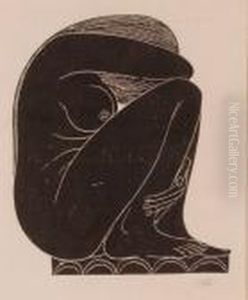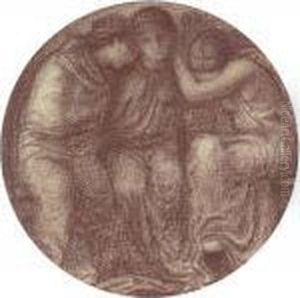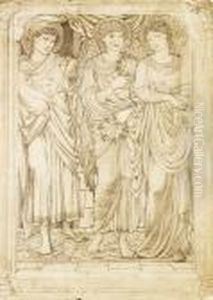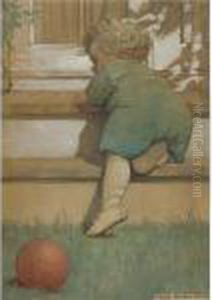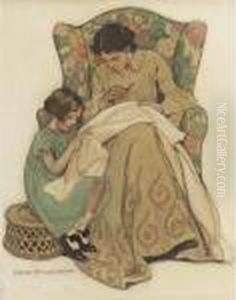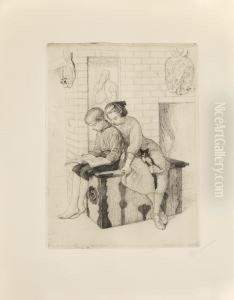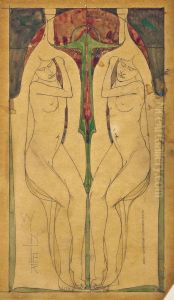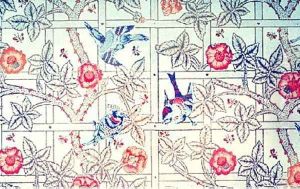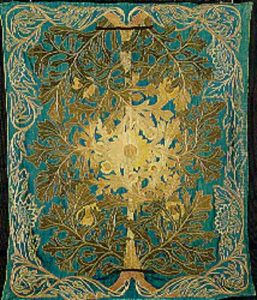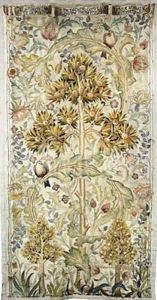Arts And Crafts Movement Paintings
Exploring the Enduring Legacy of the Arts and Crafts Movement
Step into a world where beauty met purpose, where the human hand was celebrated over the machine. The Arts and Crafts Movement emerged in the late 19th century as a powerful reaction against the perceived soullessness of industrial mass production and the excessive ornamentation of the Victorian era. It championed a return to traditional craftsmanship, honest materials, and designs inspired by nature and medieval aesthetics. This influential movement sought to elevate the status of decorative arts, believing that everyday objects should be both functional and beautiful, accessible to all.
Pioneered by visionaries like William Morris and John Ruskin in Britain, the movement emphasized simplicity, quality, and the intrinsic value of handmade goods. Its principles quickly spread, influencing design, architecture, and art across Europe and North America. While often associated with furniture, textiles, stained glass, and pottery, the ethos of the Arts and Crafts Movement profoundly impacted painting and illustration. Artists embraced its focus on natural forms, symbolic narratives, and an authenticity that rejected superficiality. Our curated collection offers a window into this period, featuring reproductions that capture the spirit and aesthetic of an era dedicated to artistic integrity.
The core tenets of the Arts and Crafts Movement included a reverence for natural materials such as wood, metal, and glass, often left in their natural state or with minimal embellishment to highlight their inherent beauty. Designs were characterized by clean lines, organic motifs, and a strong emphasis on functionality. This commitment to quality and thoughtful design stood in stark contrast to the cheaply produced, often shoddy goods of the industrial age. It fostered a deep appreciation for the skill of the artisan, promoting a holistic approach where the designer and maker were often one and the same.
The lasting influence of the Arts and Crafts Movement can be seen in its contribution to modern design principles and its enduring appeal to those who value authenticity and craftsmanship. It laid the groundwork for future design movements by advocating for simplicity, utility, and the integration of art into daily life. For collectors and enthusiasts seeking to connect with this rich artistic heritage, exploring works inspired by or created during this period offers a profound appreciation for a time when art was truly a craft, and every piece told a story of dedication and skill.



